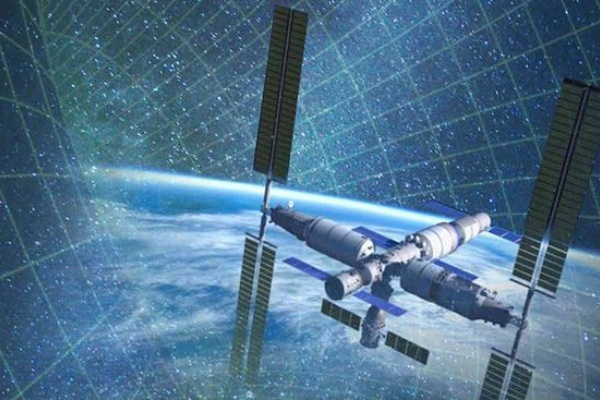Aeronautical cables refer to cable products used in the field of aviation. They have features such as high temperature resistance, fire resistance, and the absence of toxic smoke. Aeronautical cables are widely used in aircraft electrical systems, helicopters and drones. Here are some key features and applications of aircraft cables.
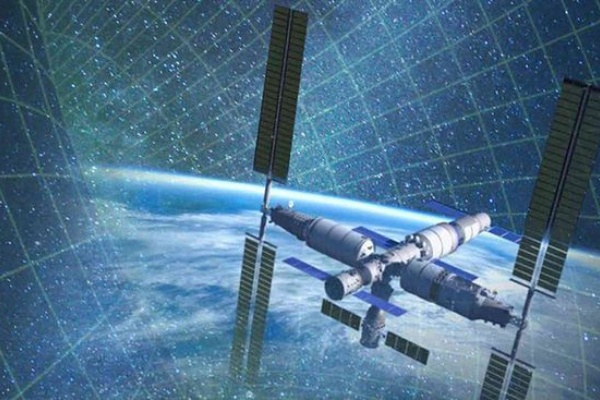
Aerospace cable characteristics
This type of cable is mainly used in electrical equipment and instruments in harsh aerospace environments, military ships and other demanding applications, as well as for the transmission of high frequency signals. It offers a wide range of operating temperatures, with an operating temperature ranging from -65°C to 250°C.
These cables are compact, light, shock resistant and easy to install. They have excellent features such as oil resistance, to wear, to aging, to vibrations, to chemical corrosion, with acids and bases, as well as other organic solvents. Furthermore, aeronautical cables are non-flammable and offer properties of fire resistance and to the flame, to corrosion, at high and low temperatures, and radiation.
Applications
Communication systems : Aviation cables are used in aircraft internal communications systems, including for voice communication and data transmission.
Navigation systems : Aviation cables play a crucial role in aircraft navigation systems, ensuring the precise transmission of navigation signals.
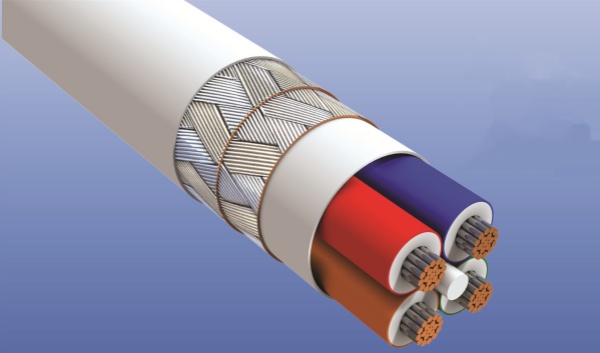
Control systems : Aeronautical cables are used to transmit control signals, helping with coordination and control between different aircraft systems.
Power transmission : They are used to transmit electricity, guaranteeing the proper functioning of the various electrical equipment on board the aircraft.
Materials
Aviation cables are generally made from high-strength materials, such as silver plated or nickel plated copper wires. The outer insulation layer of these cables is often made of materials resistant to high temperatures and aging, such as polytetrafluoroethylene (PTFE) or polyimide (PI).
Aviation cables play a vital role in the safety and performance of aircraft and, therefore, they must be designed and manufactured to meet strict aviation standards and specifications. For example, the FAA (Federal Aviation Administration) and EASA (European Aviation Safety Agency) have detailed requirements and regulations regarding the performance and reliability of aeronautical cables.
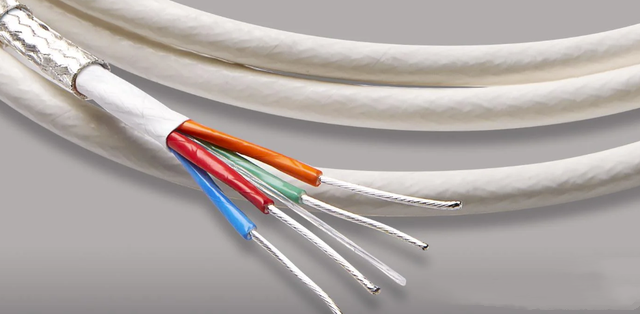
Current state of development
With the rapid development of the aviation industry, demand for aeronautical cables continues to grow. As an essential component in the field of aviation, aeronautical cables are characterized by innovations in material technology, refined structural design, comprehensive standards and specifications and increased market demand. The current state of their development can be summarized as follows :
First of all, aeronautical cable material technology continues to innovate. Given the difficult working conditions of aeronautical cables, there are high requirements for high temperature resistance and combustion resistance. Currently, the main materials used for aeronautical cables include special polymers, mineral insulating materials and special alloys. These materials have characteristics such as resistance to high temperatures, fire resistance, low smoke emission and absence of toxicity. They are capable of meeting aircraft safety requirements in high temperature environments.
Ensuite, the structural design of aircraft cables is becoming thinner and thinner. To meet the high reliability and performance requirements of aircraft electrical systems, the structural design of aeronautical cables is constantly improving. For example, multi-layer shielding structures are used. This structure can improve the electromagnetic compatibility of cables. A fabric-covered insulating layer is also used. This insulating layer can reinforce the cables’ resistance to wear and vibration.. These structural design changes allow aircraft cables to better adapt to aircraft working environments and provide more reliable electrical transmission for aircraft.
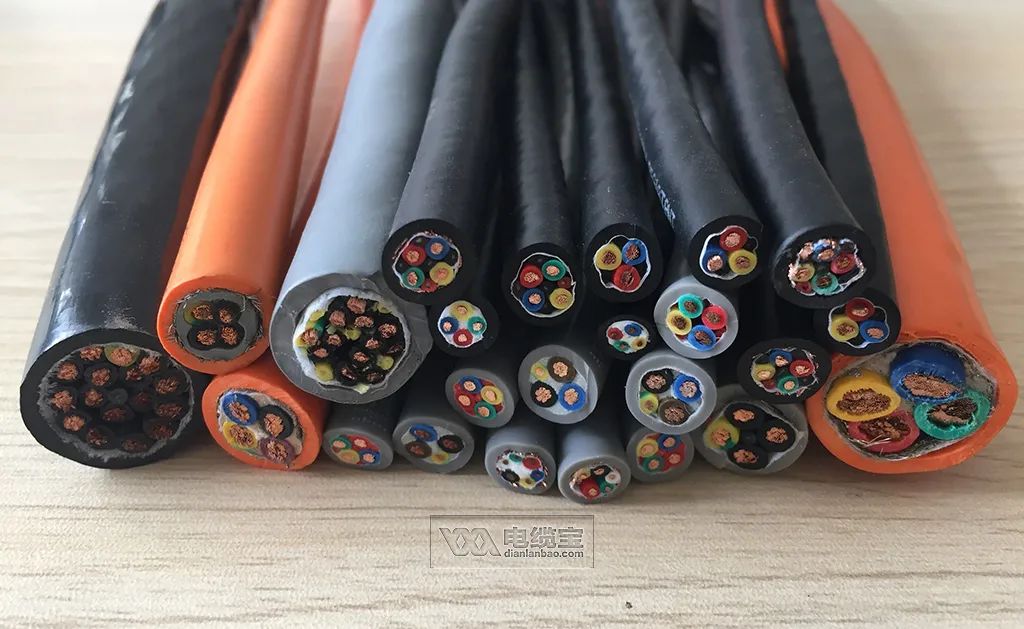
Thirdly, the standards and specifications of aeronautical cables are gradually improved. To guarantee the quality and reliability of aeronautical cables, different countries and regions have established corresponding standards and specifications. For example, the United States has established standards such as MIL-W-22759, SAE AS22759 and MIL-DTL-38999 for aircraft cables ; the European Union has established standards such as EN61196 and EN 50525. These standards specify in detail the physical performances, electrical performance, and the fire resistance performance of aeronautical cables. These specifications help improve the quality and reliability of aeronautical cables.
Finally, market demand for aeronautical cables continues to grow. With the rapid development of the global aviation industry, the number and size of aircraft is increasing, leading to increasing demand for aeronautical cables. According to forecasts, Compound Annual Growth Rate of Global Aeronautical Cable Market to Remain at High Level in Coming Years. This will provide more opportunities and challenges for research, the development and production of aeronautical cables, stimulating innovation and technological development in this area.
In the future, with the continued development of the aeronautical industry, aeronautical cables are expected to see significant advances in performance, reliability and safety.
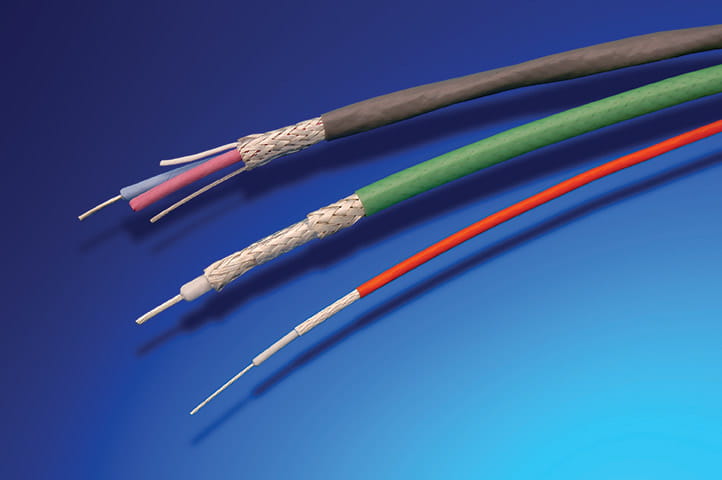
About ZMS
As a leading company in the electrical wire and cable industry, ZMS Cable has significant advantages in product quality, technological innovation and security. Established in the electrical wire and cable manufacturing sector for more than 30 ans, the company has advanced production equipment and rich experience. ZMS cables are varied and of high quality, compliant with international standards such as BS, IEC and EN. ZMS is committed to offering high quality electrical wire and cable products at affordable prices. Furthermore, ZMS Cable actively promotes ecological production, concerned about the environmental impact of its products, and contributes to environmental protection and sustainable development.
ZMS Cable has a cable factory of 63 000 square meters, capable of manufacturing cables that meet your requirements. We offer cable customization services to our customers. Our clients are spread all over the world, especially in North America, in South America, a Europe, in Southeast Asia and Africa. If you want to know more, please contact us or send an email to info@zmscable.fr.

